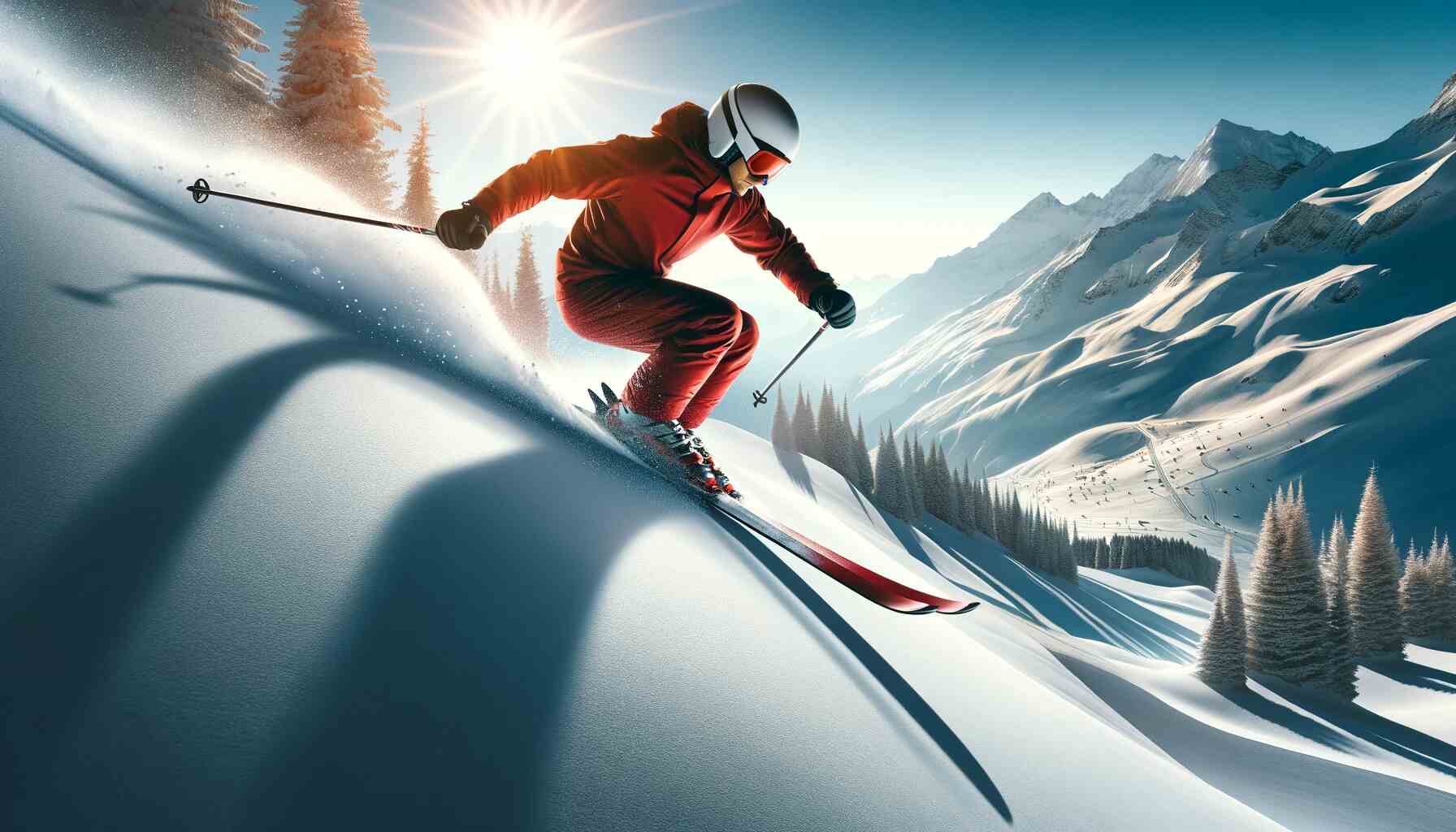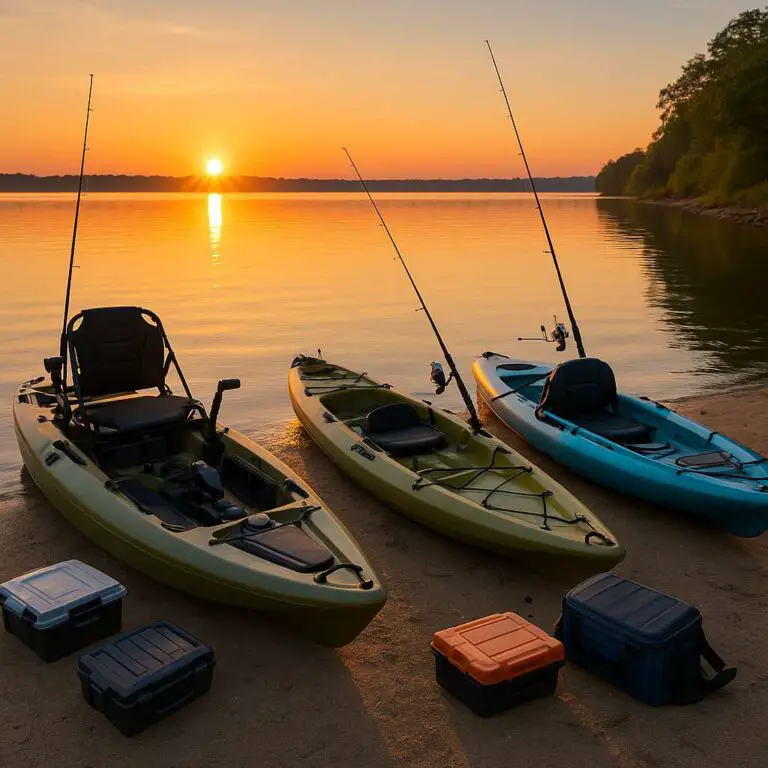Skiing is a thrilling and challenging winter sport that offers a unique blend of excitement, adventure, and physical prowess. Whether you’re a beginner hitting the slopes for the first time or an experienced skier looking to refine your skills, mastering the fundamentals of ski technique is essential to ensure a safe and enjoyable experience on the mountains. Let’s dive deep into the core principles of skiing, highlighting the importance of style, commonalities among good skiers, and providing an in-depth analysis of expert movements down the hill.
The Essence of Skiing Style
Skiing is not just about getting from the top of a mountain to the bottom; it’s an art form that combines technical precision with individual flair. Skiing style encompasses everything from the way you carve turns to your body positioning and even your choice of equipment. A stylish skier not only looks good on the slopes but also moves efficiently and effectively, making the most of every run.
Carving the Perfect Turn
At the heart of skiing style is the ability to carve turns with finesse. Carving is the technique of creating clean, smooth arcs in the snow by engaging the edges of your skis. It not only looks impressive but also provides better control and stability. To master the art of carving, focus on the following key elements:
Edge Control
The foundation of carving lies in edge control. Make sure you distribute your weight evenly on both skis, press down on the edges, and maintain consistent pressure throughout the turn. This will create clean lines in the snow and reduce skidding.
Body Position
Maintaining the right body position is crucial for carving. Keep your upper body facing downhill and your weight centered over your skis. As you turn, angulate your body by bending your knees and hips and tilting your upper body slightly into the turn. This not only enhances control but also adds style to your skiing.
Smooth Transitions
To achieve fluidity in your turns, focus on making smooth transitions between edges. As you finish one turn, gradually shift your weight and pressure onto the other ski, ensuring a seamless transition from one edge to the other.
The Aesthetics of Skiing
Style in skiing goes beyond technical aspects; it’s also about the aesthetics of your movements. A graceful skier not only masters the technicalities but also adds their unique touch to every run. Here are a few tips to elevate your skiing style:
Rhythm and Flow
Imagine your skiing as a dance on snow. Try to maintain a rhythmic flow as you traverse down the mountain. Smooth, controlled movements create a sense of elegance and grace that is admired by both beginners and experts.
Confidence
Confidence is key to skiing with style. Believe in your abilities and let that confidence shine through in your movements. A confident skier exudes control and poise, making every run a work of art.
Equipment and Appearance
Don’t underestimate the impact of your equipment and appearance on your skiing style. Well-fitted, stylish ski gear not only enhances your comfort but also adds to your overall aesthetic appeal. Choose equipment that suits your skiing style and adds a touch of personality.
Commonalities Among Good Skiers
While skiing style allows for individual expression, there are certain commonalities that unite good skiers. These fundamental principles are essential for every skier to master, regardless of their skill level or style preferences.
Balance and Weight Distribution
One of the first skills a skier must develop is the ability to maintain balance. Proper weight distribution between the skis is crucial for stability and control. Here’s what you need to know:
Center of Gravity
Your center of gravity should remain balanced over the midpoint between your skis. This ensures that your weight is evenly distributed and that you can respond quickly to changes in terrain and conditions.
Flexion and Extension
Good skiers continuously adjust their leg length by flexing and extending their knees and ankles. This dynamic movement helps absorb shocks from the terrain and maintains balance. Practice these movements to become a more adaptable and stable skier.
Body Positioning
Effective body positioning is another essential skill for all skiers. Proper alignment of your body with your skis and the slope enhances control and minimizes the risk of injury. Follow these guidelines:
Forward Lean
Keep your upper body leaning slightly forward, with your chest facing downhill. This stance allows you to engage your edges and maintain control while skiing.
Knees and Hips
Bend your knees and hips as you move down the mountain. This low, athletic position improves balance and maneuverability. Remember to stay relaxed in your legs and avoid excessive tension, which can hinder your movements.
Pole Usage
Ski poles are not just for show; they play a significant role in maintaining balance, rhythm, and control. To make the most of your poles, consider these tips:
Timing and Rhythm
Use your poles to establish a rhythm in your skiing. Plant your pole in coordination with your turns, providing a timing mechanism that aids your overall flow and control.
Poles as Balance Aids
Poles can also be used as balance aids. Lightly press on your poles to help shift your weight and maintain equilibrium, especially during challenging sections of the run.
Reading the Terrain
A fundamental skill for all skiers, regardless of their level, is the ability to read and adapt to the terrain. Here’s how to do it:
Anticipate Changes
Always look ahead and anticipate changes in the slope, such as bumps, moguls, or changes in snow conditions. Being proactive in your adjustments will help you maintain control and style.
Use Terrain Features
Incorporate the natural features of the mountain into your skiing. Utilize the terrain to your advantage by using it to initiate turns, gain speed, or navigate challenging sections.
Speed Control
Skiing is not just about going fast; it’s about maintaining control at various speeds. Here’s how to master speed control:
Edge Control
Proper edge control is essential for slowing down or speeding up. To slow down, engage your edges more by tilting your skis. To speed up, flatten your skis to reduce friction with the snow.
Turn Shape
Vary your turn shape to control your speed. Wider turns slow you down, while tighter turns increase your speed. By adjusting your turn shape, you can navigate slopes of different steepness with confidence.
Expert Movements Down the Hill
As skiers progress and gain experience, they often seek to emulate the movements and techniques of expert skiers. These advanced skills allow for greater precision, speed, and versatility on the mountain. Let’s take an in-depth look at some expert movements down the hill.
Mogul Skiing
Moguls are a challenging terrain feature that can intimidate many skiers. However, with the right technique, you can conquer moguls with grace and style. Here’s how:
Absorption and Extension
Mogul skiing requires dynamic movements. As you approach a mogul, bend your knees and hips to absorb the bump’s impact. Then, extend your legs as you move over the mogul’s crest. This technique helps you maintain a smooth line through the bumps.
Quick Turns
To navigate moguls effectively, make quick, controlled turns. Use your edges to carve through the troughs and crests, avoiding harsh impacts. The goal is to maintain your rhythm and flow as you ski through the mogul field.
Powder Skiing
Powder skiing is a dream for many skiers, offering a soft, fluffy snow surface to carve through. However, it requires a different approach than skiing on groomed trails. Here’s how to master powder skiing:
Weight Distribution
In deep powder, shift your weight slightly back to keep your tips up and prevent them from burying in the snow. Maintain a balanced stance between your skis to ensure control and stability.
Gentle Movements
In powder, less is often more. Make gentle, flowing movements with your skis, avoiding abrupt or aggressive turns. Allow your skis to float on the surface and feel the snow beneath you.
Off-Piste and Backcountry Skiing
Venturing off-piste and into the backcountry opens up a world of untracked powder and pristine terrain. However, it also comes with increased risks and challenges. Here’s how to ski expertly in these environments:
Safety First
Before heading off-piste or into the backcountry, ensure you have the necessary safety equipment, including avalanche gear, a beacon, shovel, and probe. Familiarize yourself with avalanche safety protocols and always ski with a partner.
Terrain Assessment
When skiing in unmarked areas, carefully assess the terrain for hazards such as avalanches, crevasses, and cliffs. Plan your route to minimize risks and make informed decisions about where to ski.
Versatile Techniques
Off-piste and backcountry skiing often require a variety of techniques to navigate changing conditions. Be prepared to switch between powder skiing, tree skiing, and other techniques as the terrain dictates.
Freestyle Skiing
For those looking to push their skiing to the next level, freestyle skiing offers a thrilling avenue for self-expression and creativity. Freestyle skiing includes tricks, jumps, and terrain park maneuvers. Here’s what you need to know:
Terrain Park Basics
In a terrain park, you’ll encounter features like jumps, rails, and boxes. Start with the basics and progressively build your skills. Learn to jump with proper takeoff and landing techniques before attempting spins and grabs.
Aerial Maneuvers
Advanced freestyle skiers often incorporate aerial maneuvers into their repertoire. This includes tricks like flips, spins, and grabs. These maneuvers require strong technique, precise timing, and a willingness to practice and learn gradually.
Safety Precautions
Safety should always be a priority in freestyle skiing. Start with smaller features and work your way up. Wear appropriate safety gear, including a helmet, and follow the park rules and guidelines.
Conclusion
Mastering the fundamentals of ski technique is a lifelong journey, and there is always room for improvement and refinement. Whether you are a beginner or an experienced skier, understanding the importance of style, embracing the commonalities of good skiing, and exploring the techniques of expert skiers will enhance your skills and bring a sense of accomplishment to your time on the slopes.
As you continue to hone your skiing abilities, remember that style is not just about looking good; it’s about moving with grace and control. Embrace the core principles of balance, body positioning, and pole usage. Be attentive to the terrain and practice speed control techniques.
For those seeking to push their skiing to new heights, expert movements down the hill offer exciting challenges. Whether it’s conquering moguls, gliding through powder, exploring off-piste terrain, or mastering freestyle tricks, there is no shortage of opportunities to expand your skills and enjoy the exhilaration of expert-level skiing.
So, gear up, hit the slopes, and embark on your journey to mastering the fundamentals of ski technique. With dedication, practice, and a passion for the sport, you can become a stylish, skilled skier who glides effortlessly down the mountain, leaving a trail of artistry in your wake.




